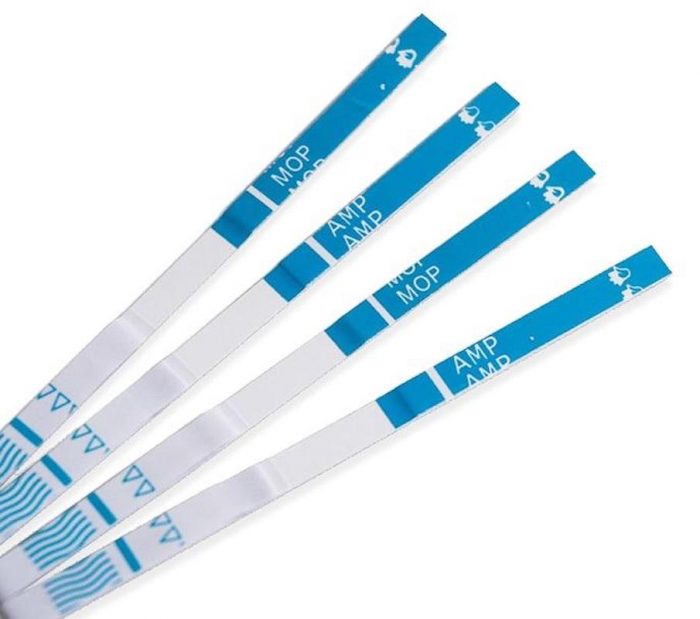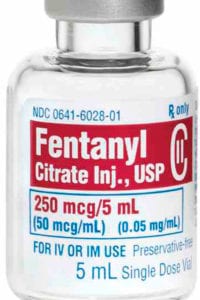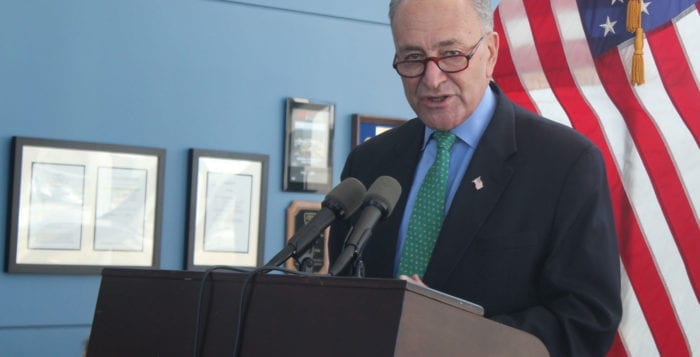To end 2021, the Suffolk County Legislature voted to approve Legislator Kara Hahn’s (D-Setauket) plan to increase access to fentanyl test strips in an effort to reduce overdose deaths.
According to the New York State Department of Health, Suffolk County experienced 337 opioid overdose deaths in 2020. The data for 2021 is unavailable.
Signed by Suffolk County Executive Steve Bellone (D) Dec. 28, the bill came just days following a warning from the national Drug Enforcement Administration that, during 2021 alone, it had seized enough fentanyl to give a lethal dose to every American.
In response, the Legislature approved a plan to make fentanyl detection strips more readily available to residents, thus helping to prevent overdoses.
Through the legislation, the Suffolk County Department of Health Services will soon be required to include fentanyl test strips with naloxone kits distributed during department trainings on how to use the opioid antidote. Increasing access to fentanyl detection strips will enable recipients to test drug doses for the presence of this deadly synthetic substance prior to using the drugs tested.
“Opioids kill, that is why I pushed for the county to become certified to provide naloxone trainings that put this life-saving antidote in more hands; fentanyl kills, that is why I am pushing for increased access to test strips, which will give this life-saving tool greater reach,” Hahn said. “Allowing users the ability to know if they are about to put a drug in their body that also contains fentanyl will save lives and begin to reduce the increasing overdose deaths devastating our community.”
In a statement, the Long Island Council on Alcoholism and Drug Dependence commended Hahn and the county government for addressing the realities of the dual pandemic of the opioid crisis, fueled by fear and anxieties of COVID-19.
“The distribution of fentanyl test strips and continued widespread distribution of naloxone (Narcan) meets this public health challenge head on with the sole and primary objective of saving lives in Suffolk County,” said Steve Chassman, LICADD executive director. “Extraordinary times require extraordinary measures to aid so many individuals and families struggling with opioid use disorder.”
Deaths attributed to fentanyl, a powerful synthetic opioid that according to the Nation Institutes of Health is 50 to 100 times more potent than morphine, have been steadily rising since 2013.
According to the Centers for Disease Control and Prevention, “Overdose deaths involving synthetic opioids were nearly 12 times higher in 2019 than in 2013,” the last year for which complete data is available. The agency goes on to report “provisional drug overdose death counts through May 2020 suggest an acceleration of overdose deaths during the COVID-19 pandemic.”
The link between fentanyl and increasing overdose deaths also concerned the DEA, which in September issued its first Public Safety Alert in six years to warn the public about the alarming increase in the availability and lethality of fake prescription pills in the United States that often contain deadly doses of fentanyl.
In its advisory, the DEA reported it had “determined that four out of 10 DEA-tested fentanyl-laced, fake prescription pills contain at least 2 milligrams of fentanyl — an amount that is considered to be a lethal dose.”
“What we are offering through this new policy is a harm reduction strategy,” Hahn added. “Addiction is a disease that must not be allowed to become a death sentence, which, as more and more fentanyl has been released into our communities, it has become for many who might otherwise have recovered if given a chance.”
On Nov. 17, the CDC’s National Center for Health Statistics reported that there were an estimated 100,306 drug overdose deaths in the United States during the 12-month period ending in April 2021.
This is an increase of 28.5% from the 78,056 deaths during the same period the year before. NCHS also reported that 64% of those deaths were due to synthetic opioids, primarily fentanyl, an almost 50% jump from the prior year.
Local municipalities are already starting to utilize the new testing strips and have been in contact with the county to retrieve them.
According to Fred Leute, chief of Port Jefferson’s code enforcement, the village has ordered the new fentanyl testing strips through the county “but it takes a bit of time to get,” he said, noting that they are in possession of the basic kit that was provided previously through the DOHS.
“All of our personnel are fully trained,” he added. “They glove up with the plastic gloves so they don’t touch anything on scene.”












